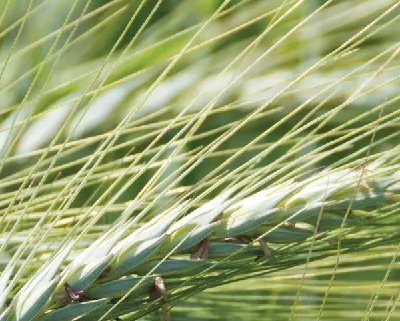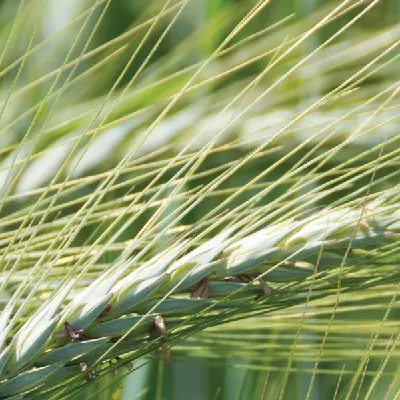Rye
Rye has one of the lowest germination temperatures (around 34°F), making it the most winter-hardy cover crop and one of the best choices for later seeding dates.
Its relatively deep, fibrous roots scavenge nutrients lower in the soil profile and redistribute them closer to the surface. These roots also prevent erosion and aid in building soil organic matter. Performing well on most soil types, rye has a wide window in terms of seeding dates and rates. One of the best crops for weed suppression due to its quick, rapid growth and allelopathic effects, rye is particularly effective on winter annuals including marestail. Rye can be an excellent component for a cattle forage system, either for grazing or harvesting due to its fast and early spring growth, although care needs to be taken for a timely harvest to ensure good quality.
Rye is easy to establish in the fall and breaks dormancy early in the spring. When seeded ahead of soybeans, it can be mixed with rapeseed, radish, or other brassicas to enhance overall cover crop benefits. When seeded ahead of soybeans, there is good evidence of reducing white mold and soybean cyst nematode. When planting ahead of corn, additional management is required to avoid tying up too much nitrogen which could result in a yield loss. Yield loss can be reduced by mixing with other species such as oats, legumes, and brassicas.






